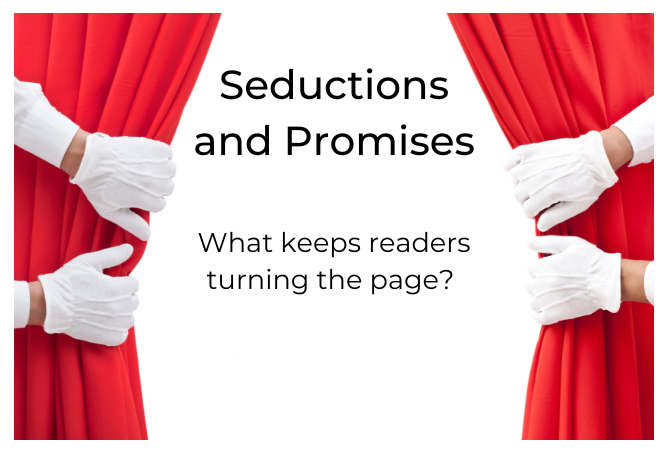The sweetest thing writers can hear is that our readers missed their bedtime because they couldn’t put our book down. The words on the page seduce the reader to continue flipping and it’s obvious this engagement begins at the story’s Writing Openings and continues. So the question I’m exploring today is what openings do we need and what elements are required?
Recently, Hollywood Consultant Michael Hauge gave his ‘Seducing the Reader in the First Ten Pages’ talk to Apexers — great presentation — and one of the things that gave me pause was a question he sometimes asks to his clients. “Would you want to hang out with your protagonist in real life?”
He said he sometimes gets back a “yes, at the end of the book, after the character completes their arc” and sometimes the answer is worse, a just no. This begs the question, he said, “if you wouldn’t want to hang with them then why would you expect your reader to?” It’s a fair point.
So yes, character is extremely integral as is setting, and conflict. How do these puzzle pieces connect and how can you boil your story down that leaves ambrosia in your readers minds like ‘sweet maple syrup’ while they are trudging their way to breakfast with not enough sleep.
Character

Everyone can probably agree without character there is no story. So how do we get our readers to feel compelled to follow our characters, particularly our protagonist?
David Farland said on his PROMISING STARTS course “Don’t be a character assassin with your own characters. Even your villain can be noble.” That is an intriguing concept. To boil it down simplistically, you want your characters to be likeable, or at the very least relatable. And with villains, if they are relatable, it makes them more real.
Story, according to Michael Hauge, starts with character because we read to have an experience and to have that experience we become the character. We are basically sliding into the protagonist’s skin and becoming that avatar. Can you imagine the difficulty in slipping into the skin of someone we don’t like? It would feel off-putting at best. However, if the character is relatable, we still can. Neither likeable nor relatable? We are not giving our reader an enticing reason to join the journey.
Creating empathy for the character, according to Hauge, is one of the best ways of starting out a story. We need to show how the character is stuck, is in jeopardy, is in danger of losing something vital. And be likeable. Show that they are caring and good people. He says, “They’ll have flaws, yes, but show that later. Get us hooked first.” Make them funny. And last, you certainly don’t have to do all of these, but you should have at least one from the list.
Farland, who also greenlit Hollywood screenplays during his career, agreed with showing the character being in pain and also being likable. He said to give characters problems, multiple problems, big layered problems! This is one of the things you should consider before you start writing your story.
Hollywood, according to Dave, often uses the ‘Pet the Dog’ technique. An example is Jim Carrey’s character actually petting a growling dog in one of his movies. Actions like these can show a morally questionable protagonist having a good heart and that makes the character likeable. Other ways to make a character likeable: Show other people caring about that character; make them attractive on the inside and/or on the outside; and make them admirable. He also said you certainly don’t have to do all of these, but again you should have at least one, if not more.
The Story World
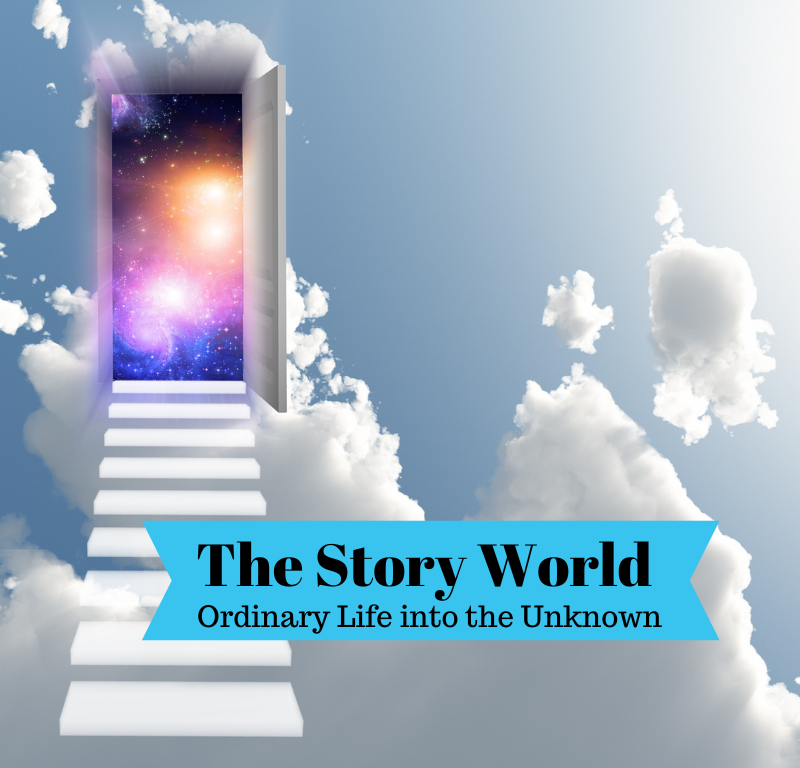
Every successful story starts with setup, according to Hauge. We need to see our hero living his or her everyday life in a specific time and place because we’re going on a journey with this character Writing Openings . We need to ‘experience’ this world in order to be sucked in and to have emotional responses. This boils down to making sure you have vivid and specific scenes. It’s the secret ingredient, along with conflict, that creates reader engagement.
One of the interesting points that Writing Openings Farland brought up in his PROMISING OPENING course is “authors sometimes skip the setting part because they fear they’ll slow the story.” But, “It’s our job to bring the setting to life and do it beautifully.”
Ways he recommends to do this:
- Knowing and describing what’s in the foreground of the scene. Or in other words, what’s just in reach of the character?
- What’s in the midground? Twenty feet to one mile away?
- What’s in the background — time and weather and what’s on the horizon?
These things are integral to ground the reader. Another key thing Farland brought up is not to make the reader continually need to re-imagine the scene. Make things clear and timely. The vividness of your scenes is what plays out in the reader’s mind. It’s an important thing to remember.
Conflict
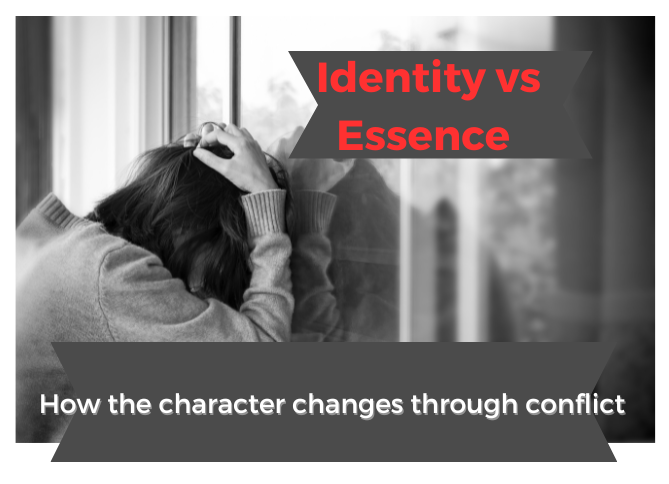
Overcoming the obstacles to the story goal means your character has to face their wound. This is an integral element because if we don’t then we really don’t have a story.
Hauge asked an essential question: What character change and courage does your protagonist have that he or she did NOT have at the beginning? Stories happen because your character has suffered a wound. This wound has been around since before the story even started. This wound is also the reason why your character is wearing emotional armor. They are hiding behind their ‘identity,’ or in other words, who they think they are. We need to show this identity at the story’s start. It’s imperative because at the end, provided we aren’t telling a tragedy, our character will be discarding that identity and becoming who they really are—or how Hauge puts it—they step into their essence. The character cannot win the day without doing this.
Farland’s course goes through a variety of conflicts and the importance of creating several for the character to go through before he or she gets to the other side. The struggling and the fallout from the conflicts is what creates change. He said if you don’t use enough conflicts, the story will feel shallow. We aren’t touched when the prize comes too easily. The story is easily forgotten and it isn’t that interesting.
Types of Openings
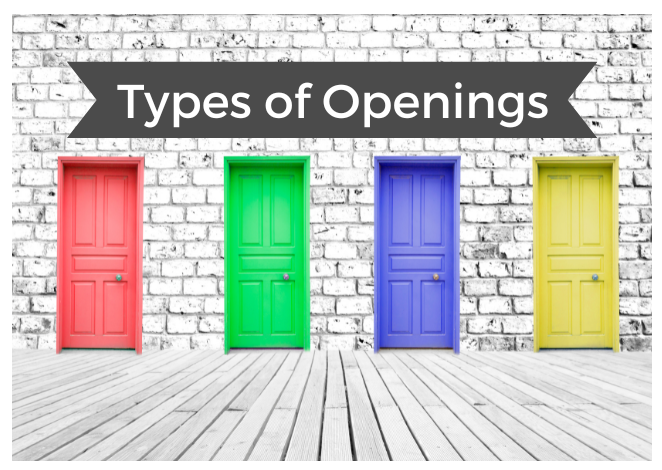
Last, Michael Hauge shared seven kinds of openings. Some of them include:
The Everyday Hero Intro: The story opens with the protagonist living their everyday life.
Hero Action Intro: The story opens up with a person who deals with life and death in their everyday life, like a cop, a surgeon, or a spy, etc. and the reader sees this aspect of their everyday dangerous life.
Outside Action Intro: Something happens outside the character living his or her everyday life, such as the Da Vinci Code with a killer murdering someone. This type of opening creates curiosity and anticipation.
Prologue Intro: This opening starts with an event significantly prior to the story and gives information necessary to understand the story. Examples Hauge gave included Twister and the Mummy.
There are many ways to put a story together and openings, like anything, can be played with. The most important thing is knowing the ‘WHY’ behind your choices, along with an understanding of how it will affect your reader’s desire to come along for the adventure.
More resources are available on this topic. To learn more about both Michael Hauge’s talk and David Farland’s Promising Openings visit apex-writers.com
And one last thing….
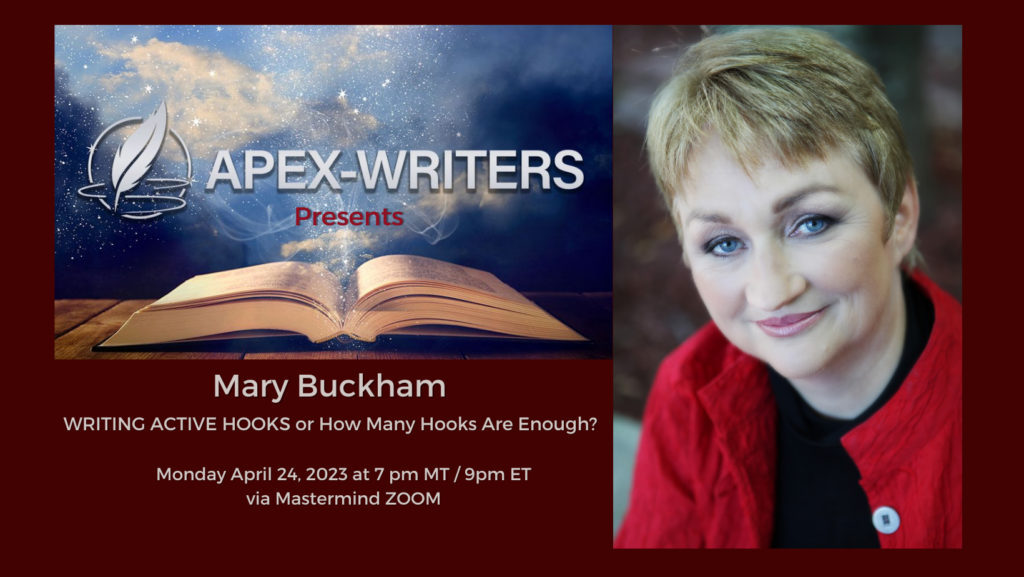
Apex will be hosting USA Bestseller Mary Buckham on Monday, April 24, 2023 at 7 pm MT. And she is doing her talk “WRITING ACTIVE HOOKS or How Many Hooks Are Enough?” This incredible talk includes the 10 most common (universal) hooks and why they are so widely used.
This is is a must-see presentation, especially if you’ve not sure what hooks are and are not…or if you aren’t sure how to place them most effectively for your genre and your audience.
You can attend this by using Apex’s trial period offer: 14 days for $1. The coupon code is 1P4NRBSJK5
Come join us! And Happy Writing!
